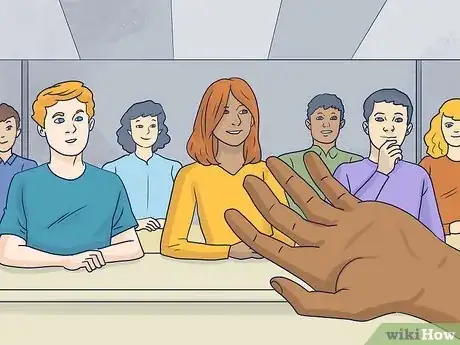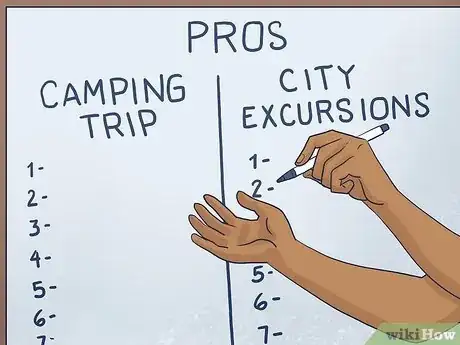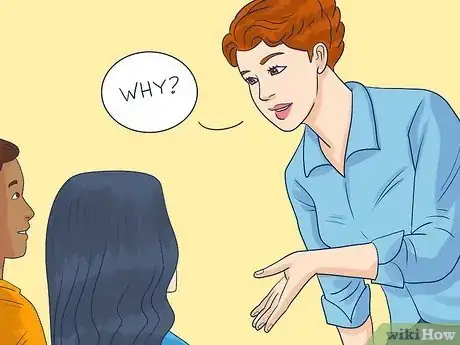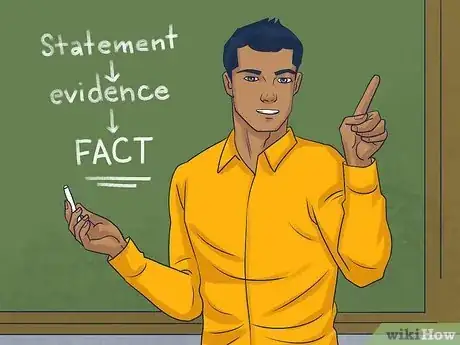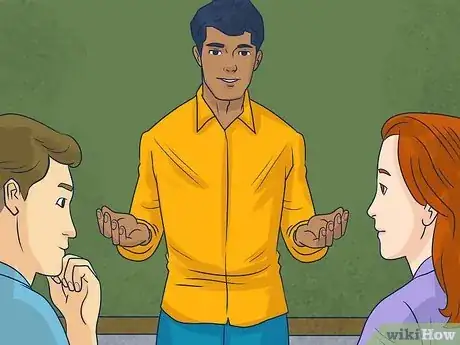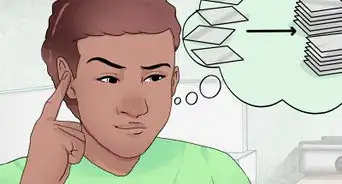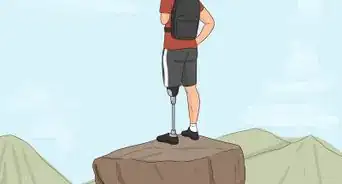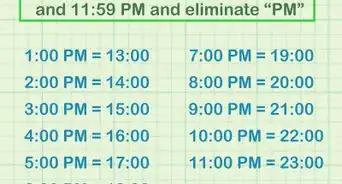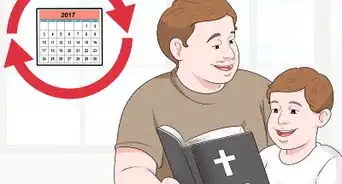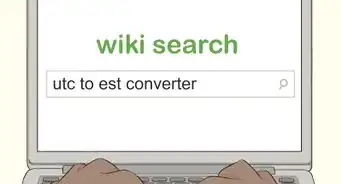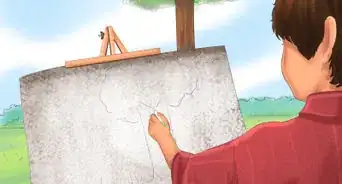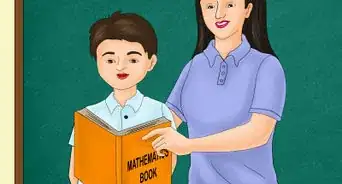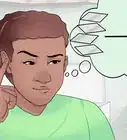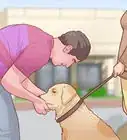This article was co-authored by Jai Flicker. Jai Flicker is an Academic Tutor and the CEO and Founder of Lifeworks Learning Center, a San Francisco Bay Area-based business focused on providing tutoring, parental support, test preparation, college essay writing help, and psychoeducational evaluations to help students transform their attitude toward learning. Jai has over 20 years of experience in the education management industry. He holds a BA in Philosophy from the University of California, San Diego.
There are 7 references cited in this article, which can be found at the bottom of the page.
wikiHow marks an article as reader-approved once it receives enough positive feedback. This article has 11 testimonials from our readers, earning it our reader-approved status.
This article has been viewed 281,566 times.
If you want to teach your students critical thinking, give them opportunities to brainstorm and analyze things. Classroom discussions are a great way to encourage open-mindedness and creativity. Teach students to ask "why?" as much as possible and recognize patterns. An important part of critical thinking is also recognizing good and bad sources of information.
Steps
Encouraging Students to Have an Open Mind
-
1Start a class discussion by asking an open-ended question. Open-ended questions are questions that have more than one answer. Make sure to emphasize to your students that there are no right or wrong answers. Let them know that there are only opportunities to learn and some answers may work better than others.This will allow students to think critically and creatively without fear of getting anything wrong. Show enthusiasm about answers that are outside of the box to encourage students to let their minds expand to different possible ideas.[1]
- For example, ask students an open-ended question like, "What would be a good way to get more people to recycle in the school?"
- Whether or not it's realistic, offer praise for an inventive answer like, "we could start to make a giant sculpture out of recyclable things in the middle of the school. Everyone will want to add to it, and at the end of the year we can take pictures and then break it down to bring to the recycling plant."
-
2Give students time to think things through.[2] Narrow thinking is often the result of rushing to give an answer. For classroom discussions or in-class assignments, give students a few minutes to think clearly before they propose any ideas. For the best results, have students sit quietly and put down their books and pens while they reflect.[3]
- Try including a brief creative exercise in the beginning of class to help get their minds working. For example, you could ask students to identify 5 uses for a shoe besides wearing it.
Advertisement -
3Make a list naming the pros of two conflicting ideas. Get students out of the mindset that there is always a "right" and "wrong" answer by looking for the good in two contrasting ideas. Make a large list on a chalkboard, white board, or large poster with a column for each idea. Ask students to name positive things for both sides and to think about a possible third option that would use parts of each.[4]
- For instance, make columns to name the good things about both a camping trip and a city excursion, then have students think about a happy medium between the two.
Helping Students Make Connections
-
1Ask your students to look for patterns and connections. Across various subjects of study, encourage your students to look for patterns and connections to the real world. This will help your students tie individual lessons to bigger trends or concepts, and also to apply them to daily life. Encourage students to point out themes or ideas that they've seen before as they are learning.[5]
- For instance, environmental themes may come up in science, history, literature, and art lessons.
- If you are teaching geometry, then you might ask if they have ever seen a building that resembles the shapes you are teaching about. You could even show them some images yourself.
-
2Show students a vague picture to get them thinking about their own assumptions. Show your students a picture of something that is a bit vague and have them guess what's happening in the picture. Next, ask them to break down the clues in the picture that led them to this assumption. Finally, ask them to think about how some of their own beliefs or experiences shaped what they thought about the picture.[6]
- Explain to your students how the clues and their own personal influences form their final conclusions about the picture.
- For instance, show students a picture of a man and woman shaking hands in front of a home with a "For Sale" sign in front of it. Have students explain what they think is happening in the picture, and slowly break down the things that made them reach that conclusion.
-
3Analyze statements by asking "why" five times. It is important to encourage students to think about and explain their reasoning behind their answers.[7] Make a game out of interrogating claims by asking "why?" about it five times. You can apply this to most lesson plans you are teaching, especially in regard to literature or history. Encourage students to do this on their own to get to the root of problems and to think about things more deeply. [8]
- If you are studying a book or play, you can ask a question like, "Why did Bob go to the train station?" and break down the responses in such a way:
- "To take a train."
- "Why?"
- "To get to the city."
- "Why?"
- "To meet his friend."
- "Why?"
- "Because he missed him."
- "Why?"
- "Because he was lonely."
- On a more advanced level, students will benefit from interrogating their research and work to determine its relevance.
- If you are studying a book or play, you can ask a question like, "Why did Bob go to the train station?" and break down the responses in such a way:
Teaching Students About Reliable Information
-
1Teach students the difference between opinions and factual statements. Teach your students that any claim they make is considered an opinion until they can provide evidence about it. This evidence might be an experiment that they conduct, or reliable information published by experts. In class discussions and projects, remind your students to back up every claim they make with some supporting data.[9]
- For instance, if a student says that there are fewer libraries than there used to be, have them provide some actual statistics about libraries to support their statement.
-
2Remind students to be open to conflicting views. Your students may be tempted to focus on sources that agree with their point of view, but this will limit their ability to think critically about the issue. Instead, encourage your students to learn about both sides of the debate and stay open to both opinions. This will allow them to learn as much as possible about a topic before deciding where they stand.
-
3Help students spot advertisements disguised as information. Disguising product placements as neutral information is a powerful advertising tool that is common today. Show students a simple paid story article or subtle commercial segment to get them to think more critically about that information that is presented to them every day. Ask them to consider the sources of this information and the motivations driving someone to share the information in the first place.[10]
- Encourage students to ask the simple question, "Who is sharing this information, and why?"
- For instance, an advertisement for a low calorie food product may be disguised as a special interest television segment about how to lose weight on a budget.
-
4Have students rate a website. In the age of electronic information, it is important to know what websites are offering reliable facts and which ones aren't. Discuss the issue in class, or give students an assignment to look at a website on their own and evaluate it. They should be looking at the following factors:[11]
- The date it was published, whether or not it has been updated, and how current the information is. Tell students where to find this information on the website.
- What the author's qualifications are. For instance, a medical article should be written by a doctor or other medical professional.
- If there is supporting evidence to back up what the writer says. Sources should always have information to back them up, especially when the source is something your students find on the internet.
-
5Encourage students to question the sources of their information. It is important to teach your students to look at their sources on a deeper level. This will help them to identify any potential conflicts of interest and think critically about their sources.
- For example, if your students are reviewing the political viewpoint of a senator in the USA, ask your students to look up donations provided to that senator from any special interest groups. This may provide your students with insight into the reasons for the senator’s views.
How Do You Improve Critical Thinking Skills?
Expert Q&A
Did you know you can get expert answers for this article?
Unlock expert answers by supporting wikiHow
-
QuestionWhat is critical thinking?
 Jai FlickerJai Flicker is an Academic Tutor and the CEO and Founder of Lifeworks Learning Center, a San Francisco Bay Area-based business focused on providing tutoring, parental support, test preparation, college essay writing help, and psychoeducational evaluations to help students transform their attitude toward learning. Jai has over 20 years of experience in the education management industry. He holds a BA in Philosophy from the University of California, San Diego.
Jai FlickerJai Flicker is an Academic Tutor and the CEO and Founder of Lifeworks Learning Center, a San Francisco Bay Area-based business focused on providing tutoring, parental support, test preparation, college essay writing help, and psychoeducational evaluations to help students transform their attitude toward learning. Jai has over 20 years of experience in the education management industry. He holds a BA in Philosophy from the University of California, San Diego.
Academic Tutor
-
QuestionHow can I teach critical thinking to adult EFL learners?
 Paul Chernyak, LPCPaul Chernyak is a Licensed Professional Counselor in Chicago. He graduated from the American School of Professional Psychology in 2011.
Paul Chernyak, LPCPaul Chernyak is a Licensed Professional Counselor in Chicago. He graduated from the American School of Professional Psychology in 2011.
Licensed Professional Counselor
References
- ↑ http://www.scholastic.com/parents/resources/article/thinking-skills-learning-styles/think-about-it-critical-thinking
- ↑ Jai Flicker. Academic Tutor. Expert Interview. 20 May 2020.
- ↑ https://www.weareteachers.com/10-tips-for-teaching-kids-to-be-awesome-critical-thinkers/
- ↑ https://ww2.kqed.org/mindshift/2016/11/06/three-tools-for-teaching-critical-thinking-and-problem-solving-skills/
- ↑ http://www.scholastic.com/parents/resources/article/thinking-skills-learning-styles/think-about-it-critical-thinking
- ↑ https://ww2.kqed.org/mindshift/2016/11/06/three-tools-for-teaching-critical-thinking-and-problem-solving-skills/
- ↑ Jai Flicker. Academic Tutor. Expert Interview. 20 May 2020.
- ↑ https://www.weareteachers.com/10-tips-for-teaching-kids-to-be-awesome-critical-thinkers/
- ↑ http://www.pbs.org/now/classroom/lessonplan-07.html
About This Article
To teach critical thinking, start class discussions by asking open-ended questions, like "What does the author mean?" Alternatively, have your students make lists of pros and cons so they can see that two conflicting ideas can both have merit. You can also encourage your students to think more deeply about their own reasoning by asking them “Why?” 5 times as they explain an answer to you. Finally, teach students to figure out whether information, especially from online sources, is reliable by checking to see if it comes from a trusted source and is backed by evidence. For more from our reviewer on how to help students make connections that lead to more critical thinking, read on!
